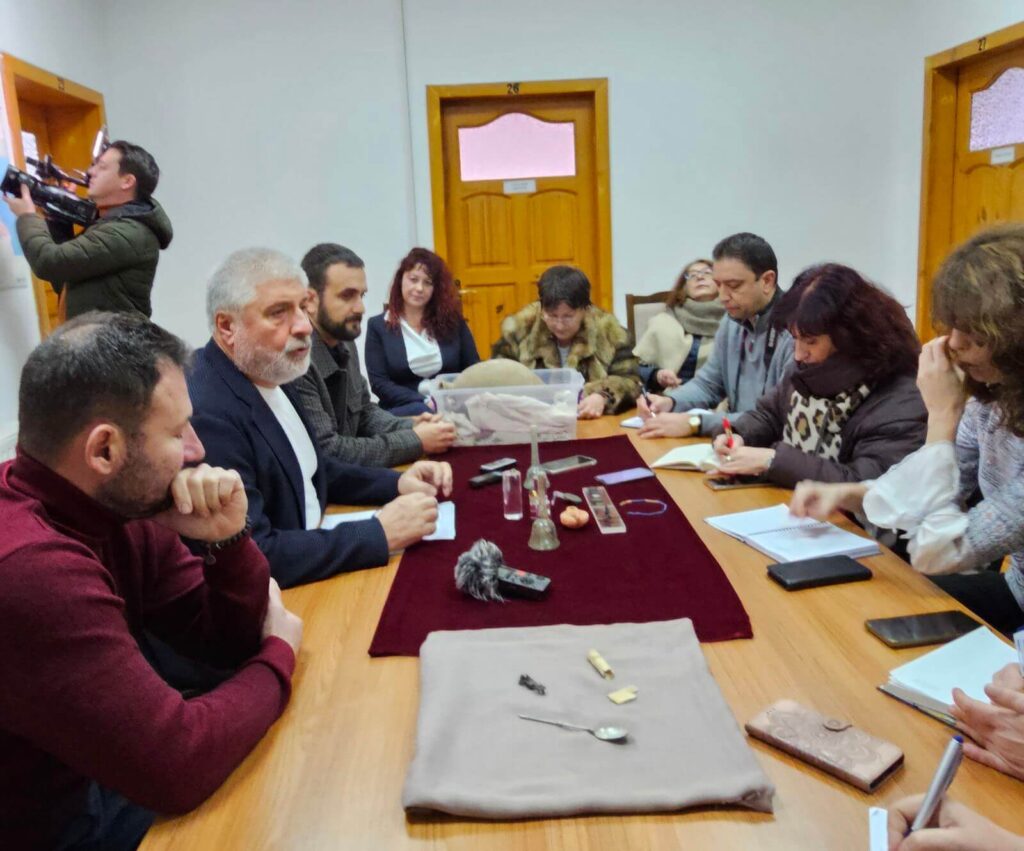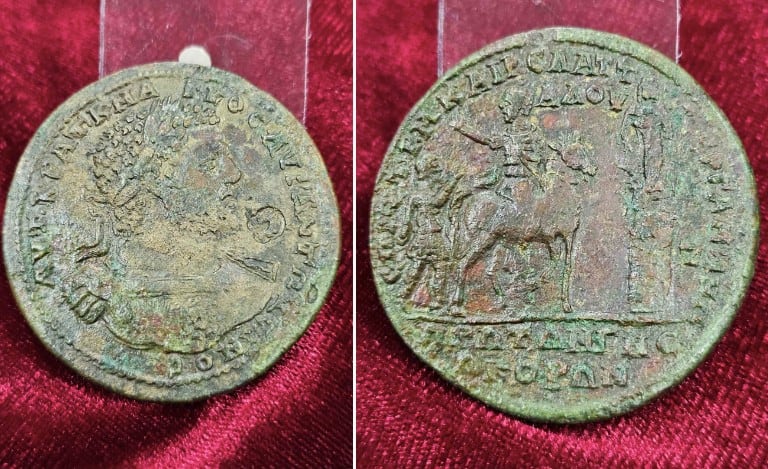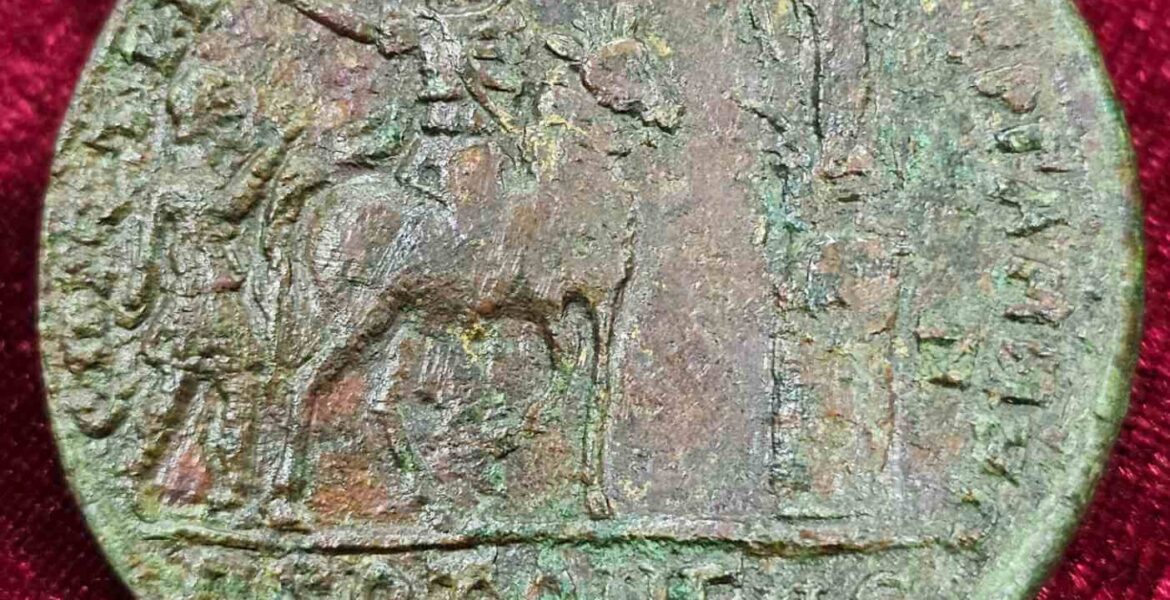Rare Medallion of Emperor Caracalla Among Valuable Finds from Nova Varbovka
The Regional History Museum-Veliko Tarnovo has unveiled a collection of valuable Roman artifacts discovered last December near the village of Nova Varbovka in Strazig. The finds include jewelry, coins, and vessels dating back to the first half of the 3rd century.
Two masonry graves were found, believed to belong to a wealthy family. The first grave contained the remains of a child aged between 1 and 2 years, while the smaller grave held the remains of a woman aged about 45-49 years and a man aged about 50-60 years. These individuals are believed to have been wealthy landowners within the administrative territory of the ancient city of Nicopolis ad Istrum.



The accidental discovery took place when a tractor driver hit a limestone slab while plowing a field in Nova Varbovka. Initially suspected to be a criminal case, it was later determined that the burials dated back to the Roman era, which led to an emergency archaeological excavation. The field operations were conducted in December by archaeologists Kalin Chakarov and Nedko Elenski, along with museum expert Michaela Tomanova.
L.A. Nadezhda Atanasova, from the National Institute for Experimental Morphology, Pathology, and Anthropology at the BAS, determined the gender and approximate age of the buried individuals. Although DNA analysis of the skeletons has not yet been carried out, anthropological analysis suggests that this was a family necropolis, with the child being buried first, followed by the parents.
Next to the child, several significant gifts were discovered, including a pair of small gold earrings, children's jewelry made of glass beads, a ceramic amphora for wine, and two glass lacrimaria, which were vessels used for collecting mourners' tears and fragrant oils.
A fully intact amphora was also found in the necropolis, believed to have held wine as part of the funeral ritual. However, the most remarkable find is a bronze medallion minted in the city of Pergamon or Pergamum also referred to by its modern Greek form Pergamos in Asia Minor (modern-day Turkey). This rare and highly valuable medallion depicts a scene from Emperor Caracalla's visit to Pergamon in 214, where he sought healing from the god of medicine, Asclepius. Inscriptions on the medallion are in ancient Greek, and although it holds significant financial value, it was not involved in everyday trade due to its size.
In the grave of the man and woman, archaeologists discovered exquisite gold ladies' earrings, a gilt pendant with a bead, and a silver-plated fibula made of multiple metals. The burial structures themselves, constructed with bricks, stones, and mortar, and plastered on the inside, indicate a high social status for the deceased. Kaloyan Chakarov suggests that this family may have belonged to the upper class residents of Nicopolis ad Istrum, who likely had a rural villa in the area. Historical research on Nicopolis ad Istrum suggests that wealthy landowners resided in their estates during the summer and returned to the city during the winter.
The valuable finds from Nova Varbovka shed light on the wealth and lifestyle of ancient Roman landowners in the region and provide valuable insights into the cultural and social history of the time. The Regional History Museum-Veliko Tarnovo plans to carefully preserve and exhibit these artifacts for public viewing in the future.


